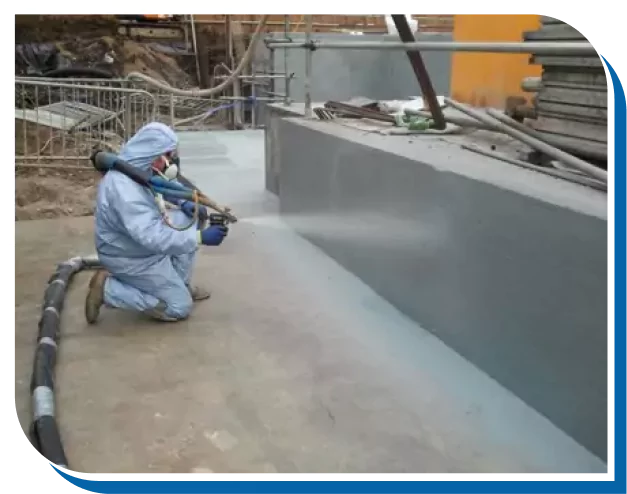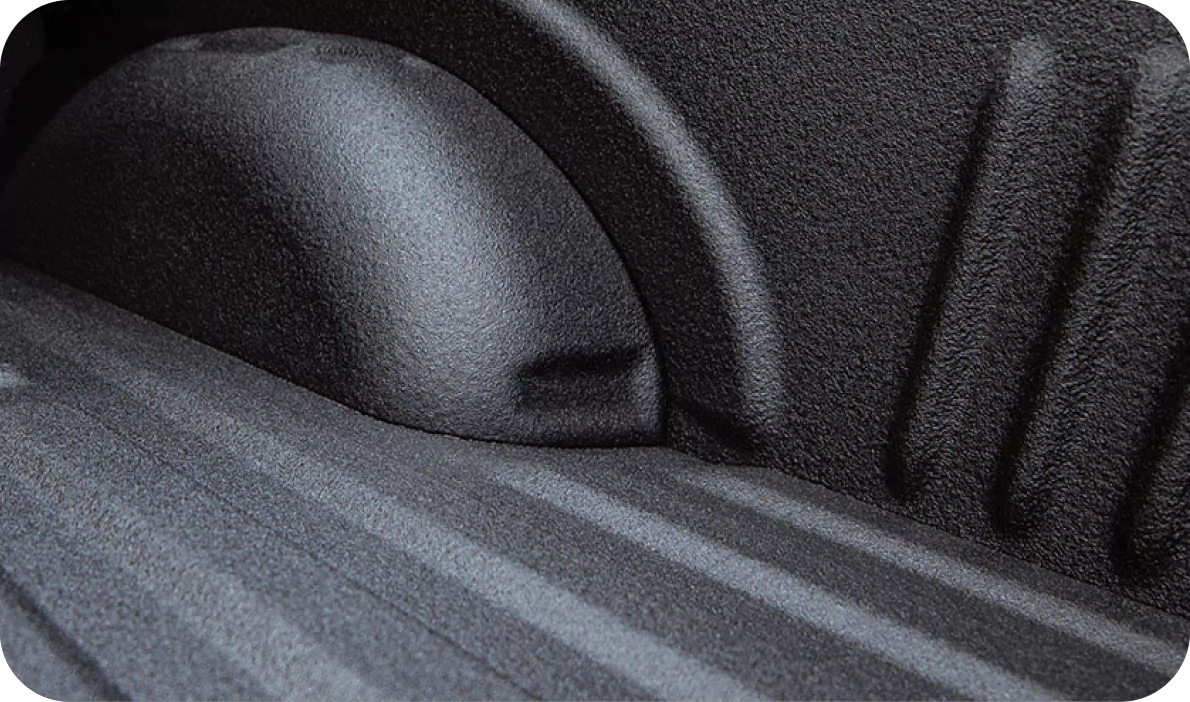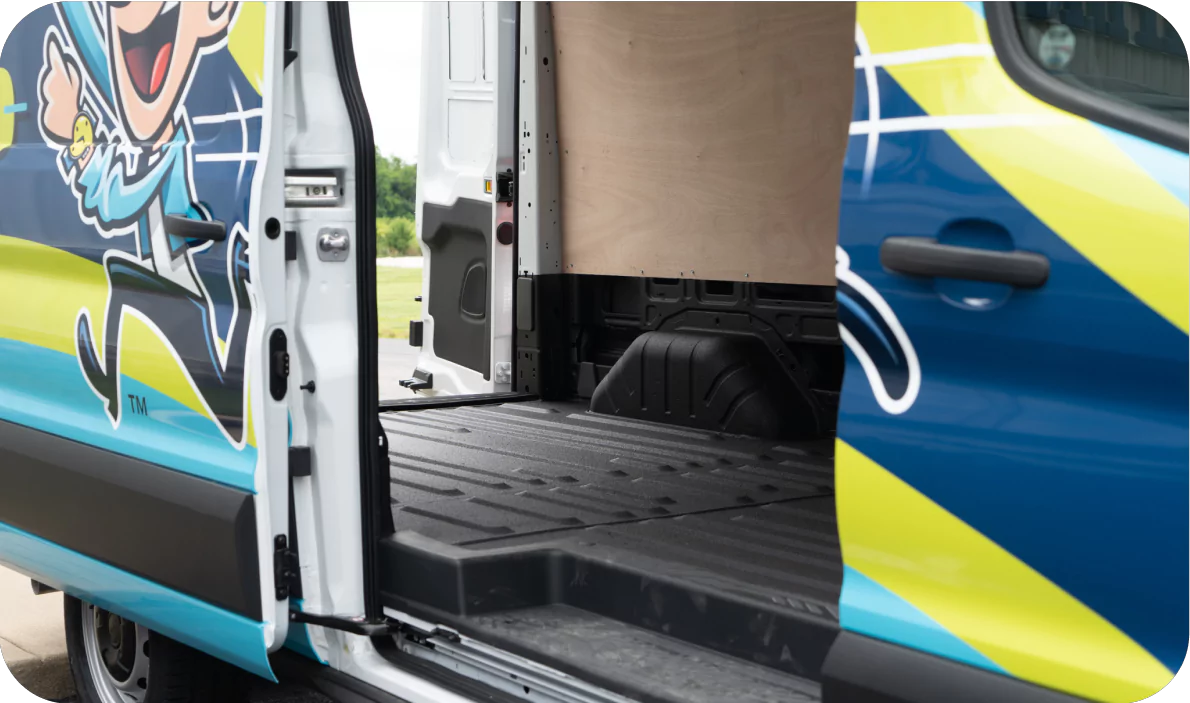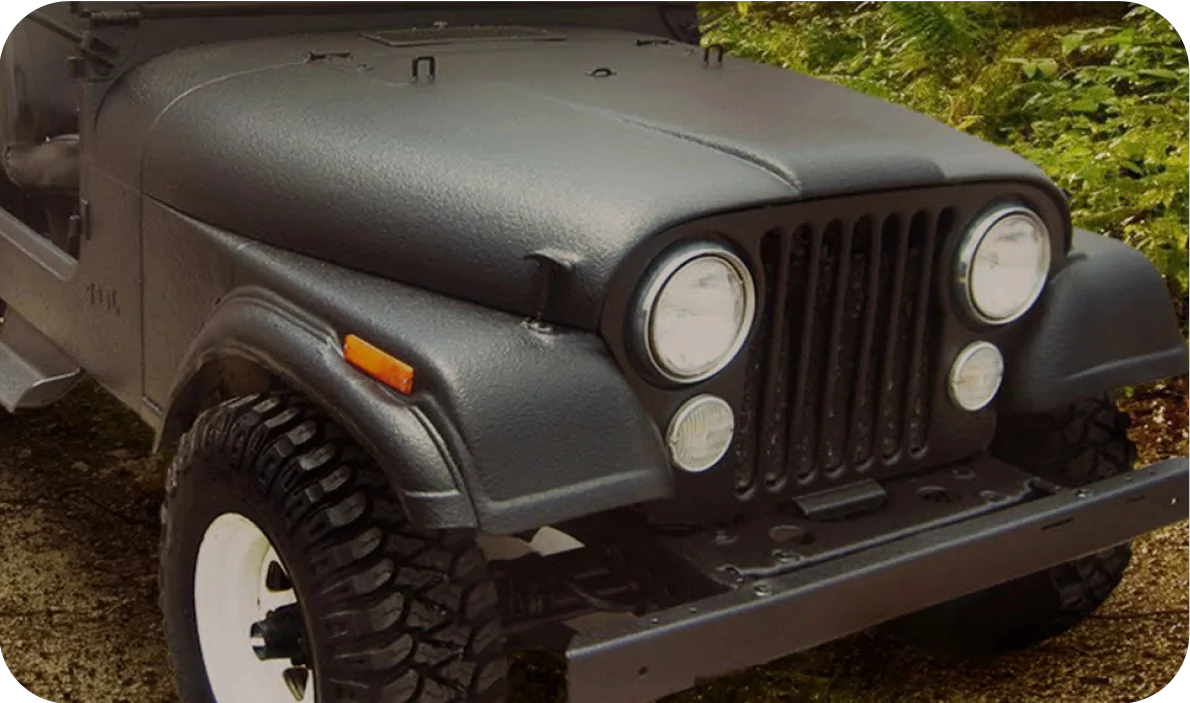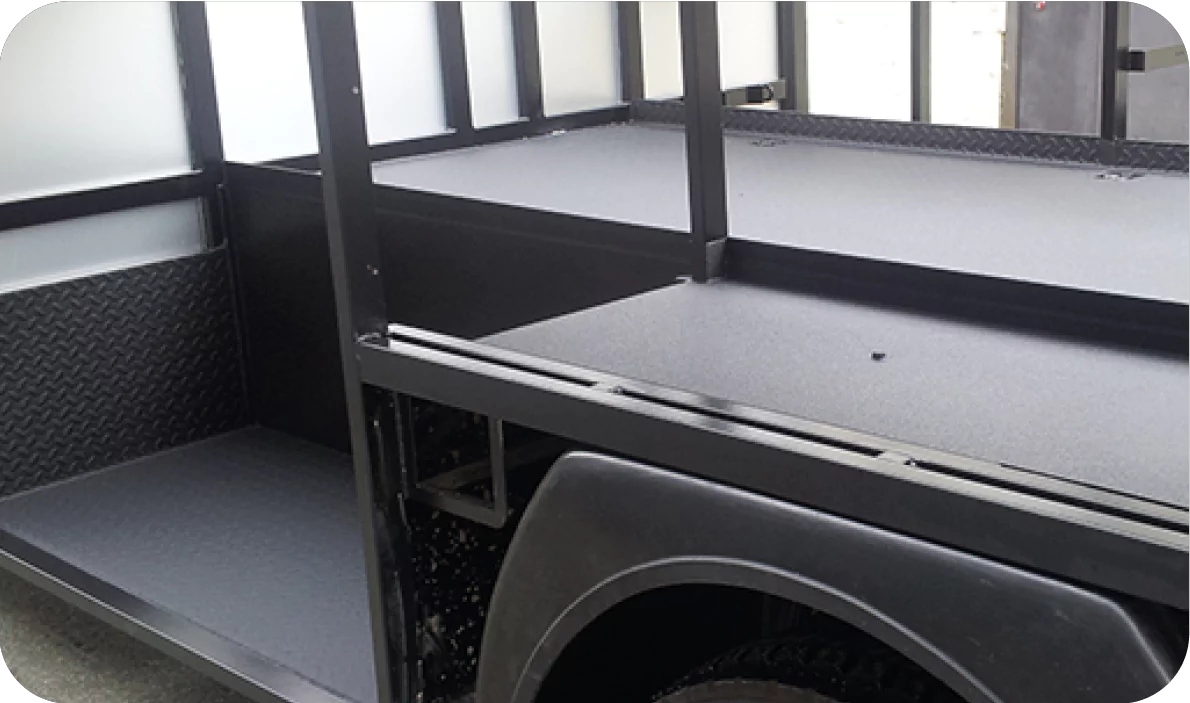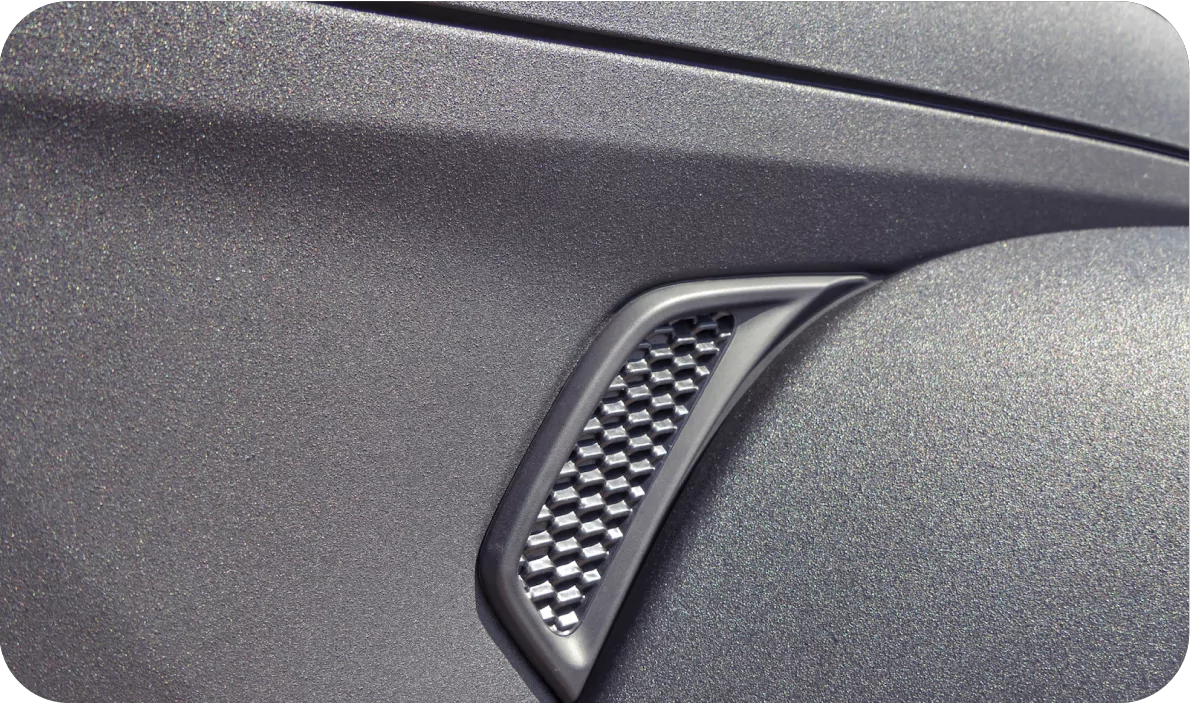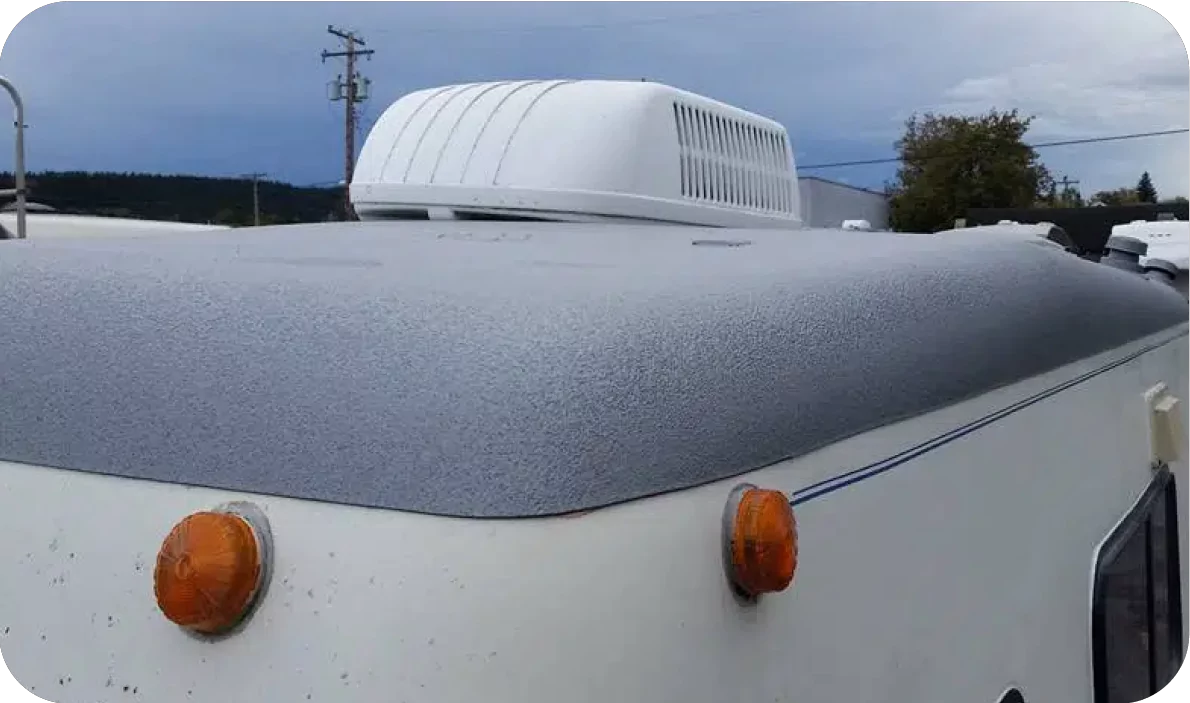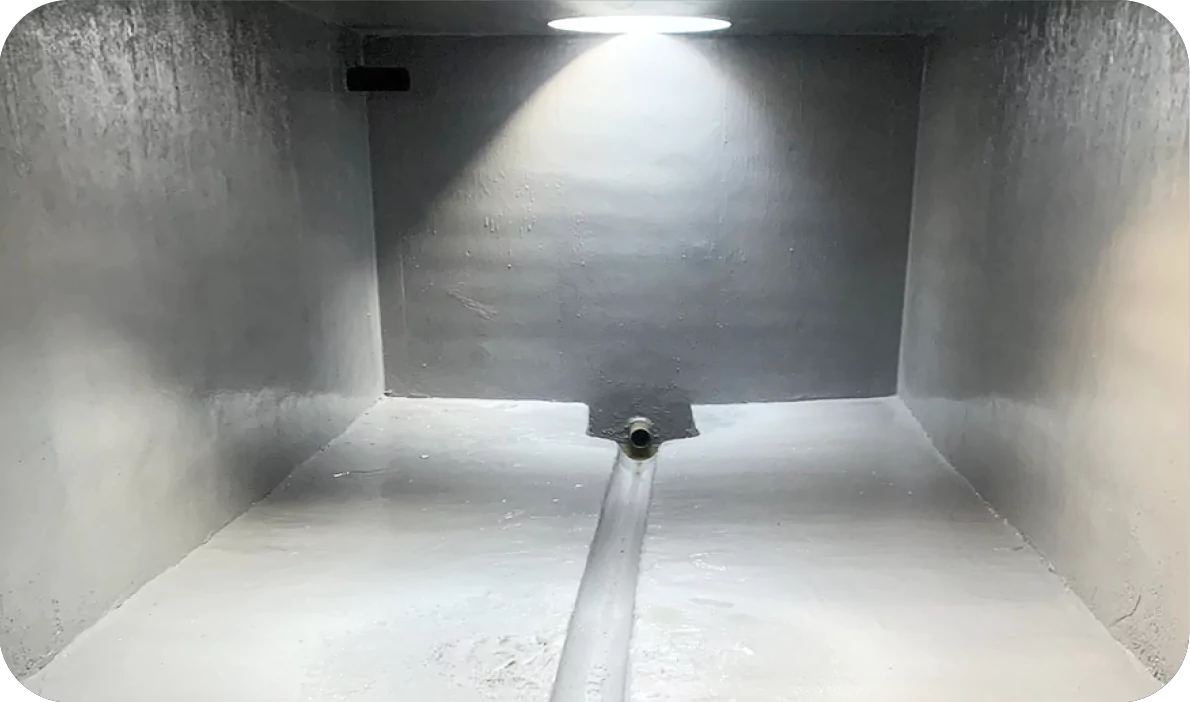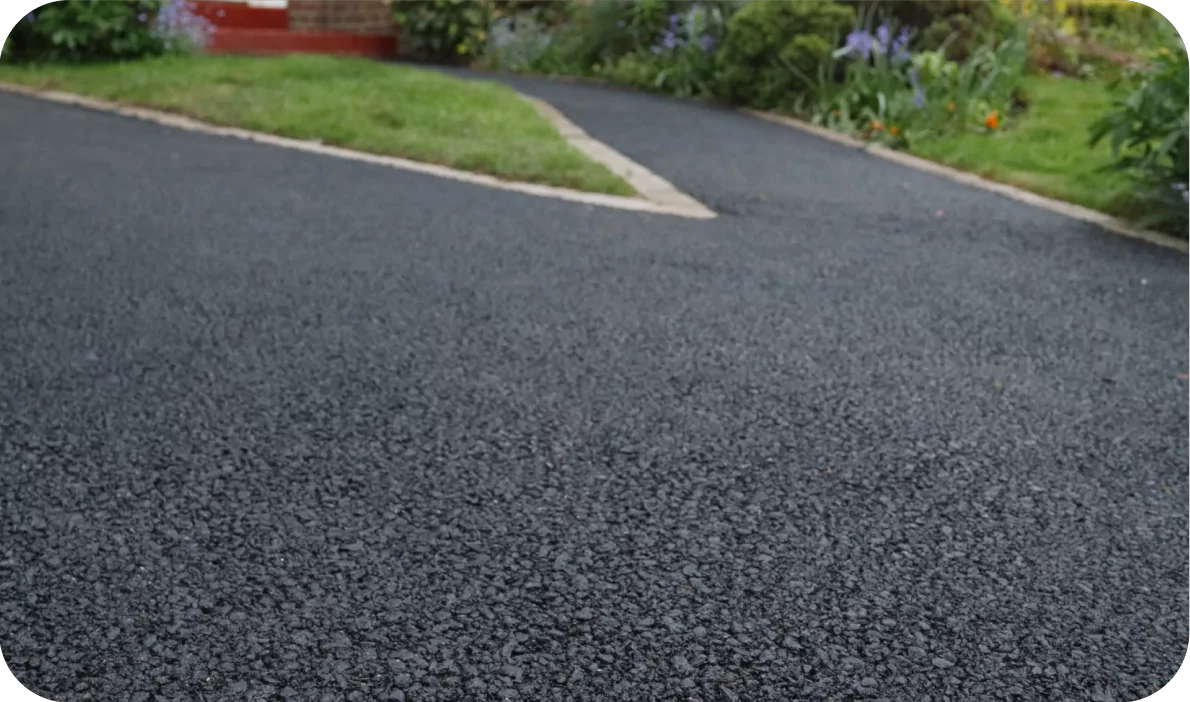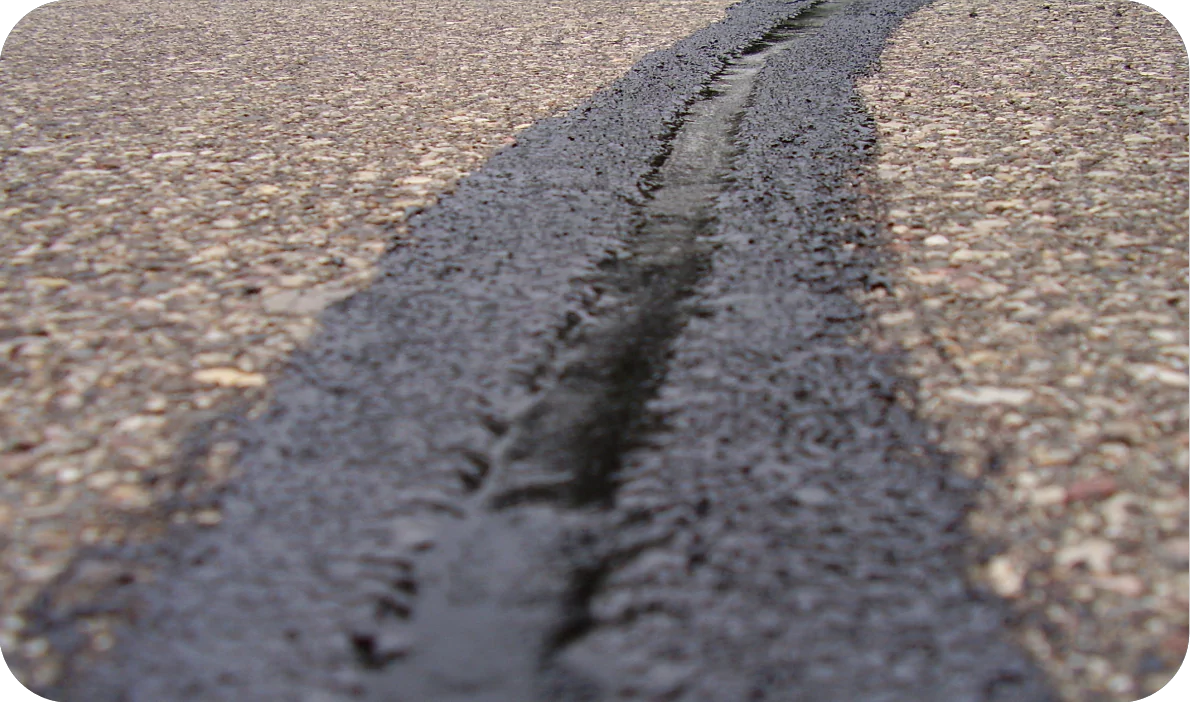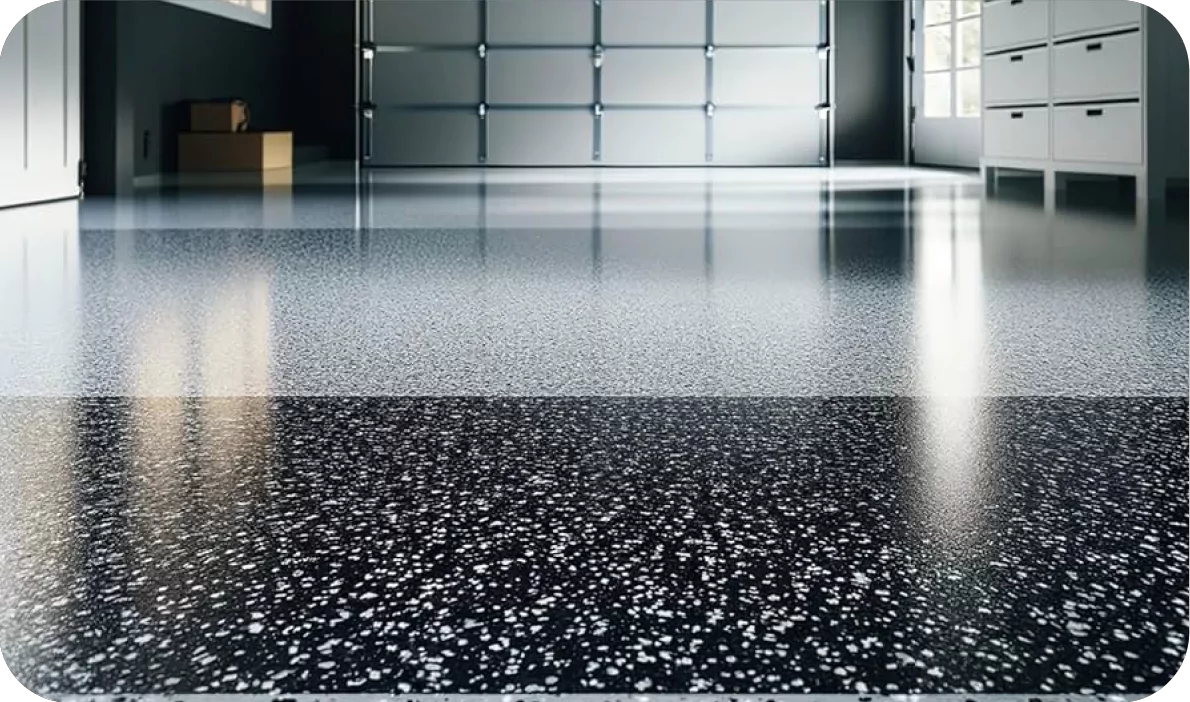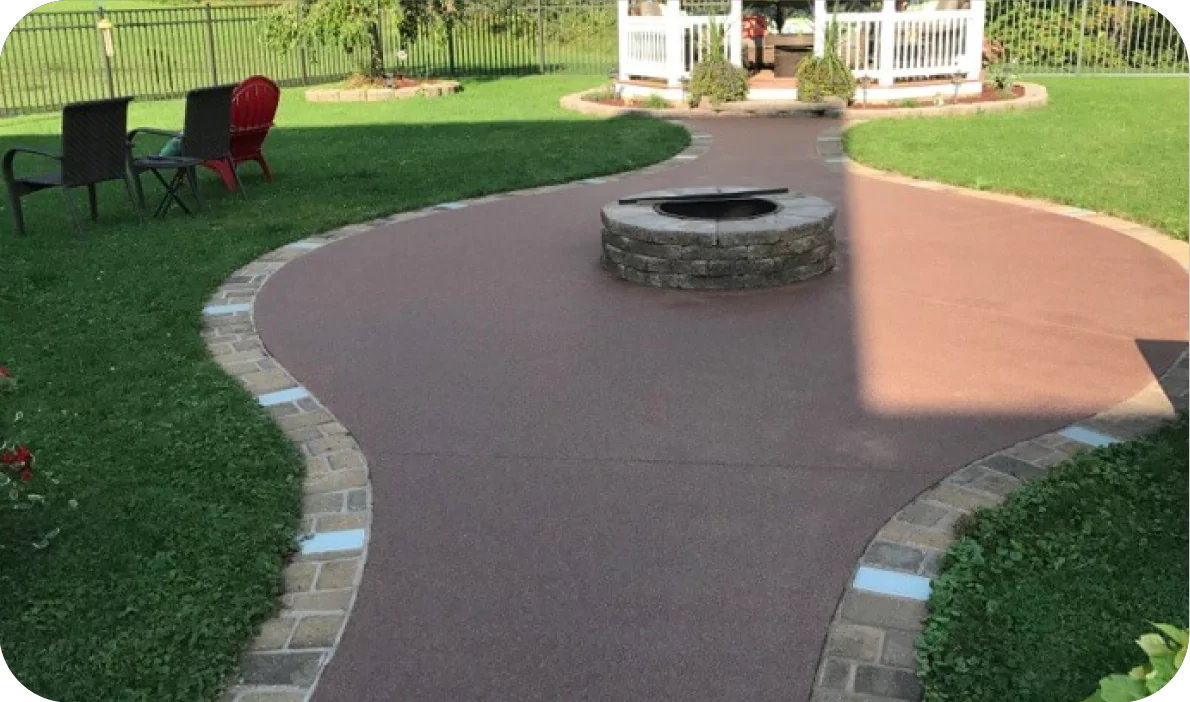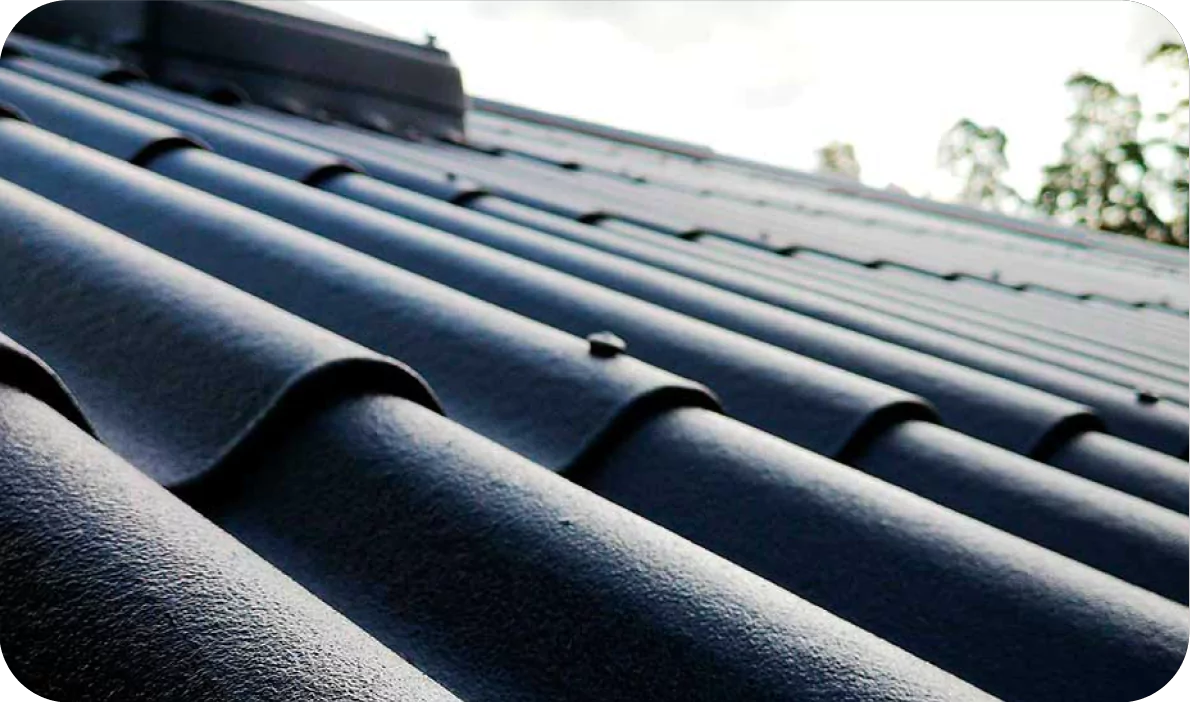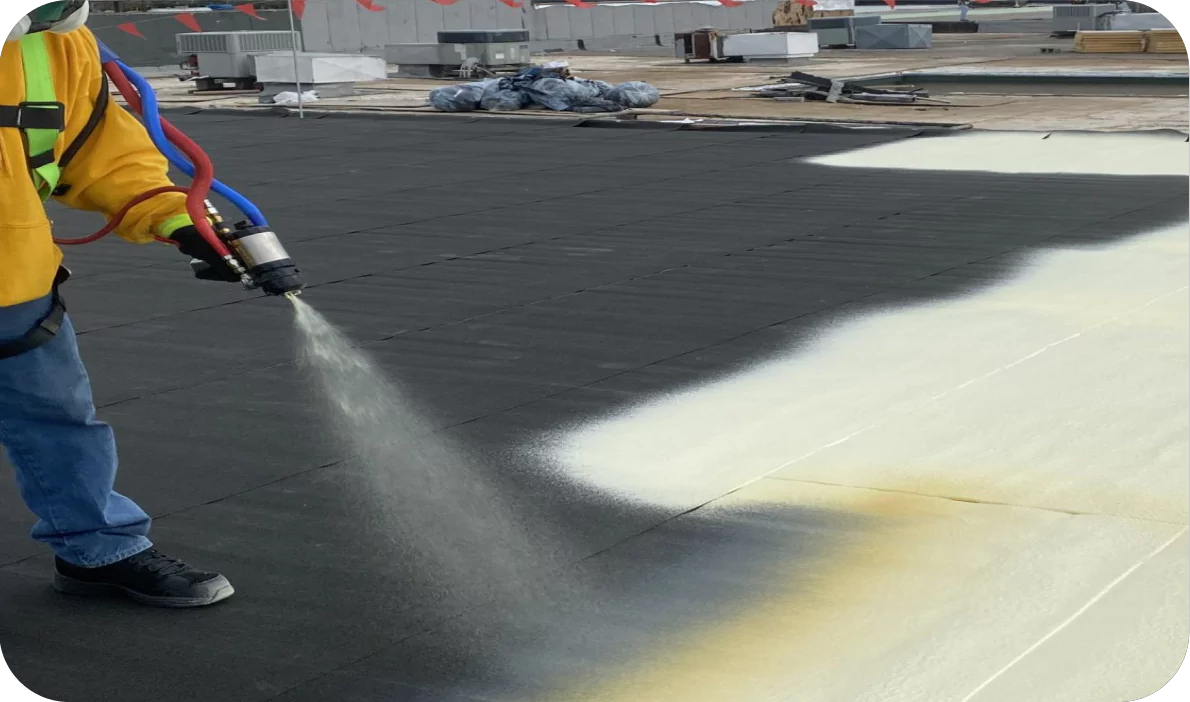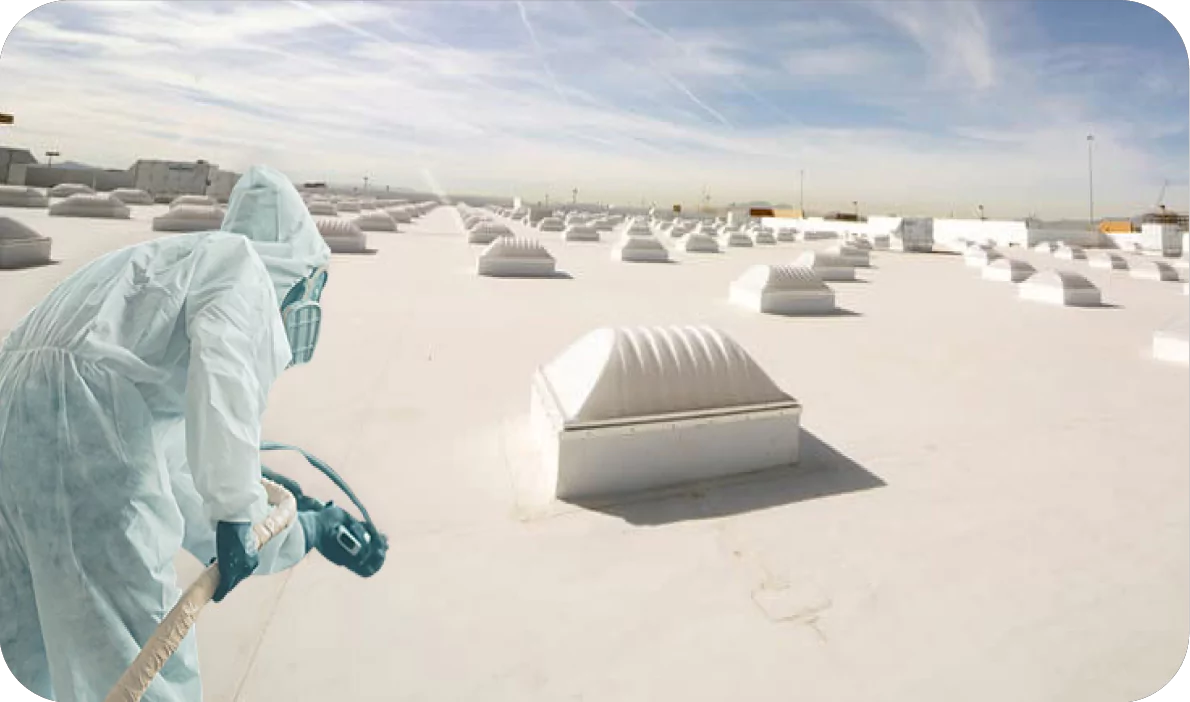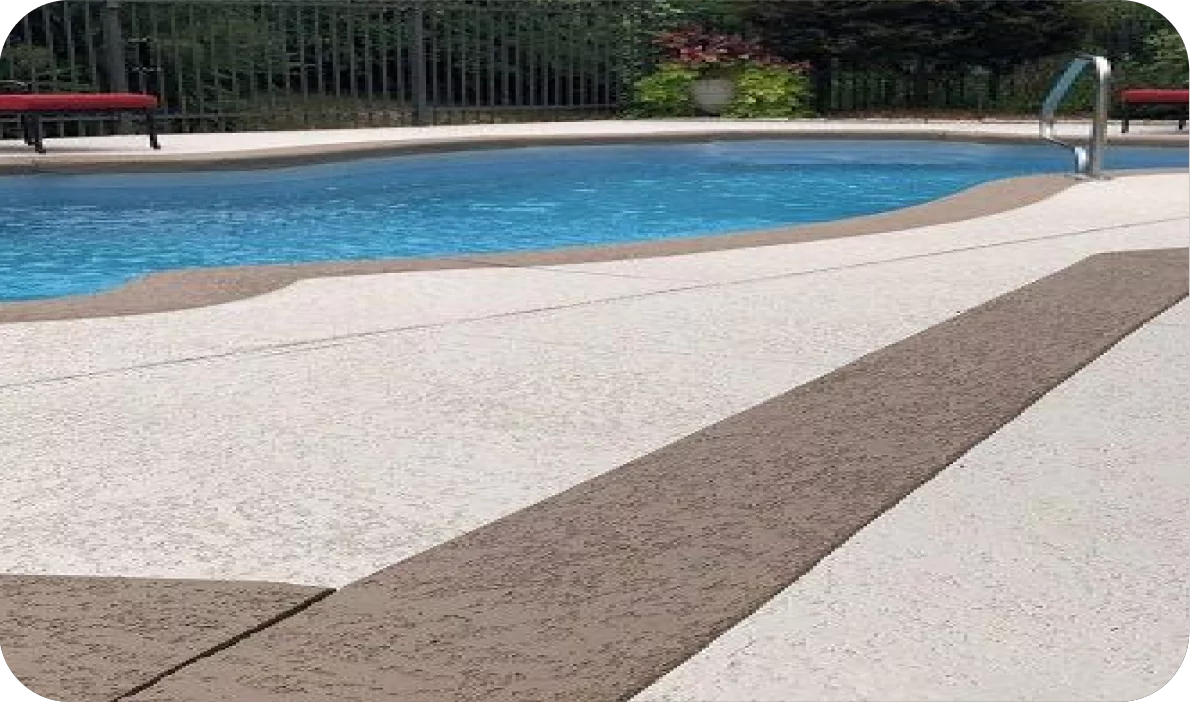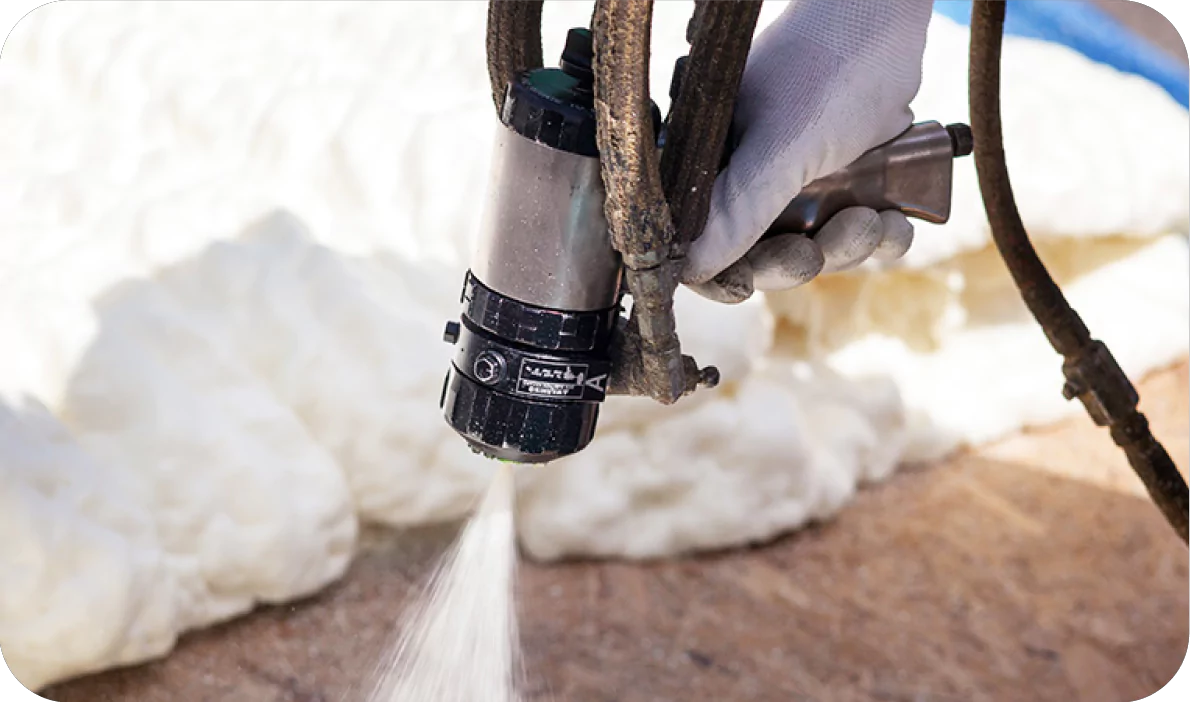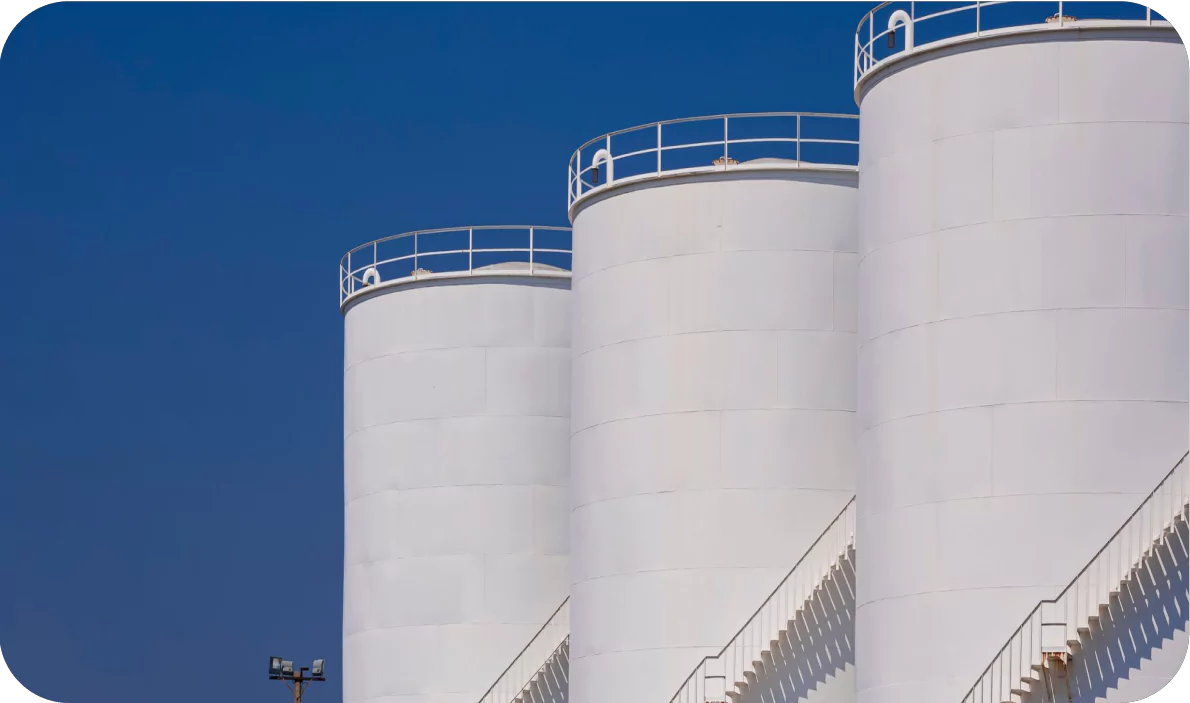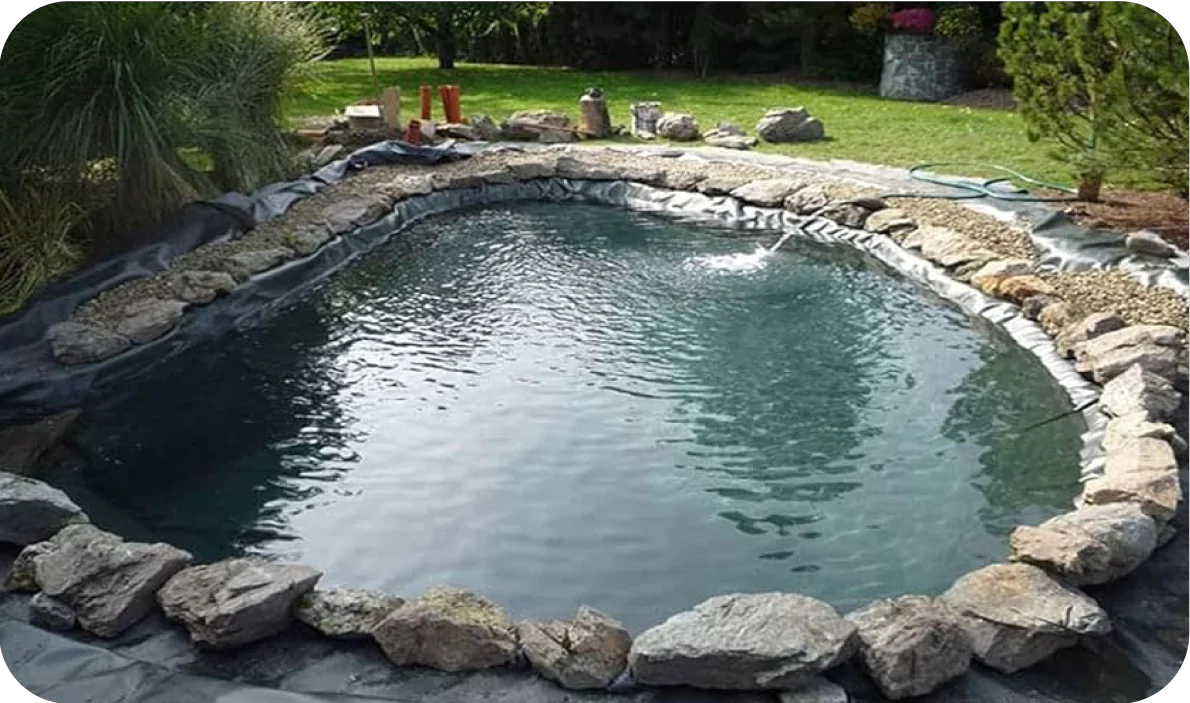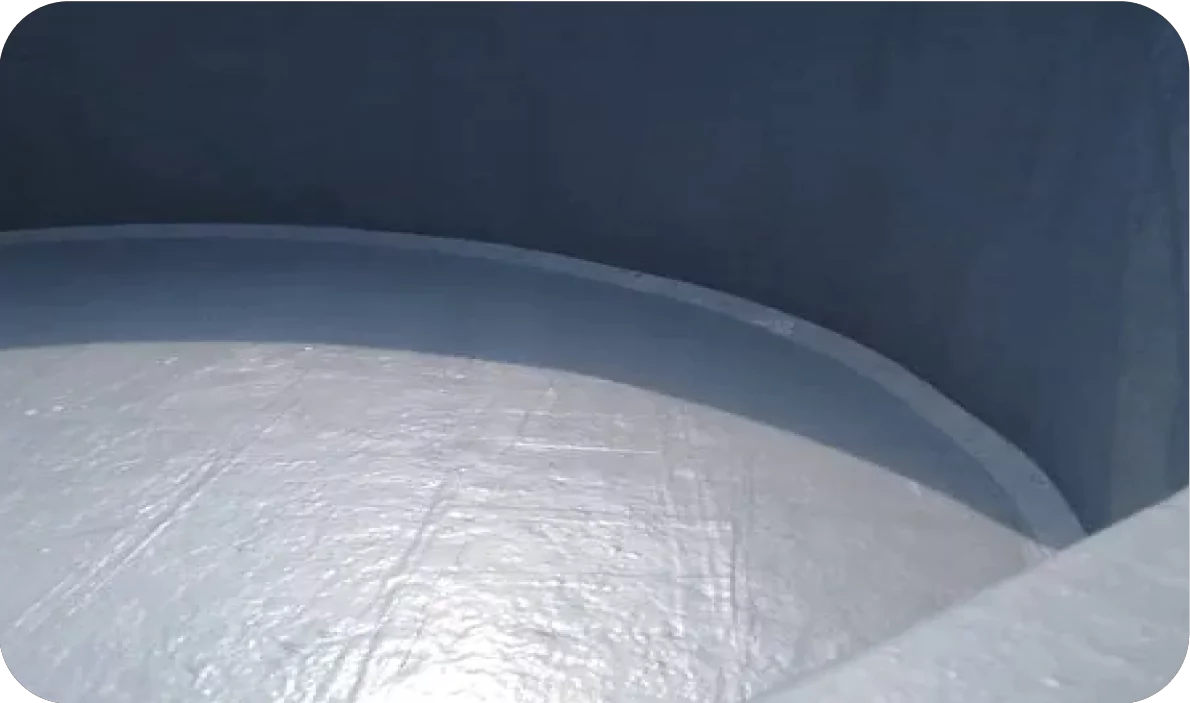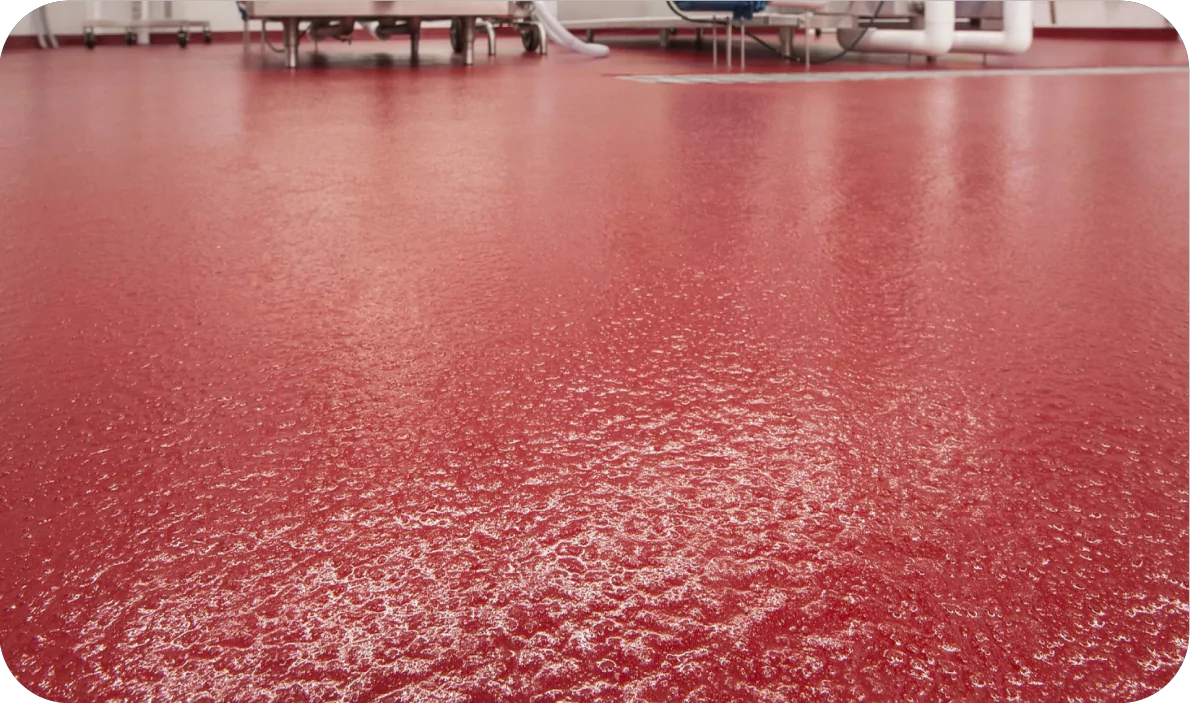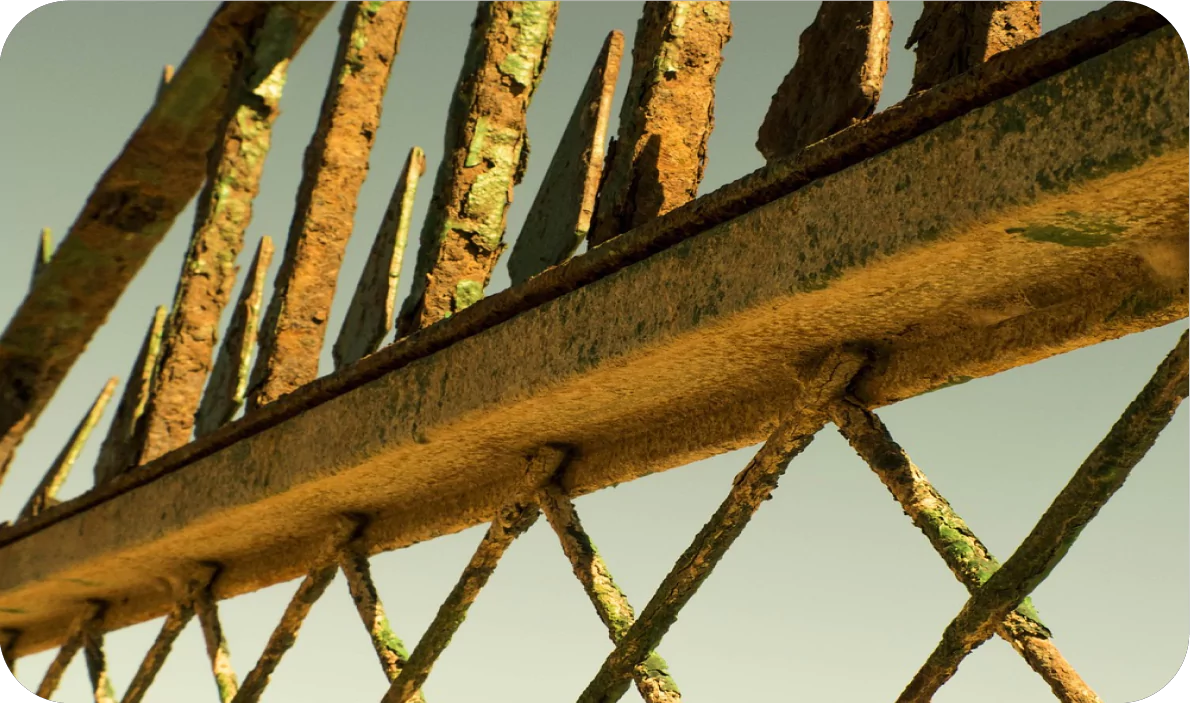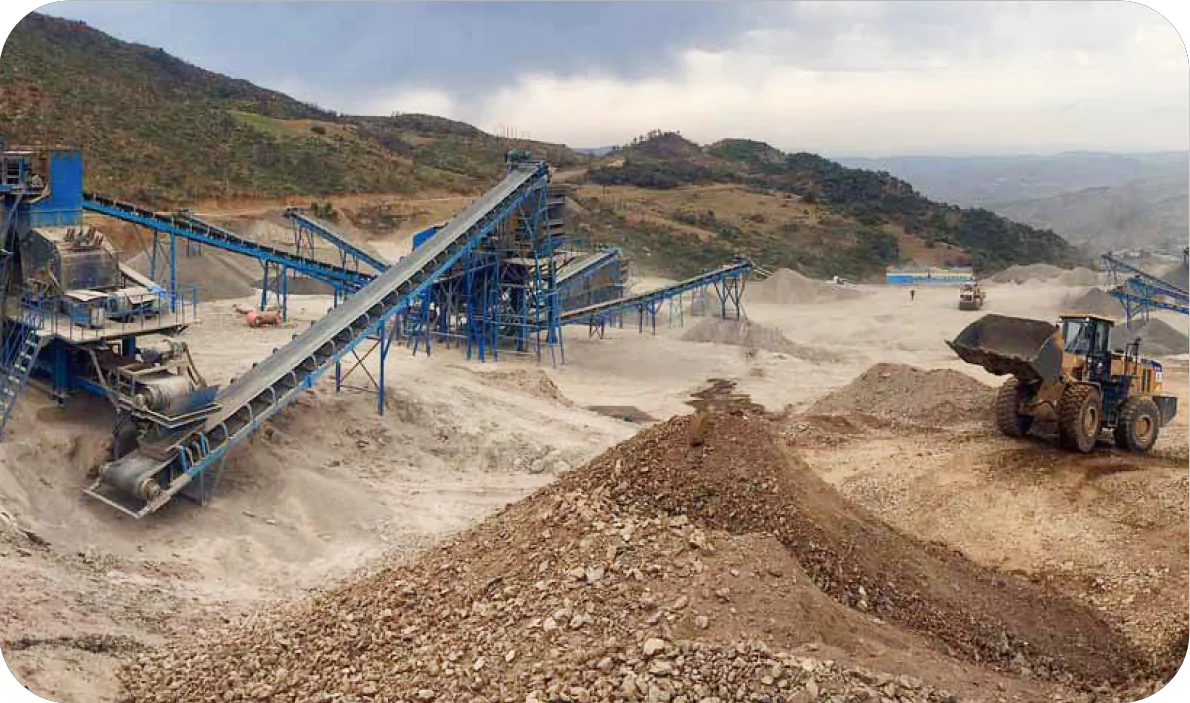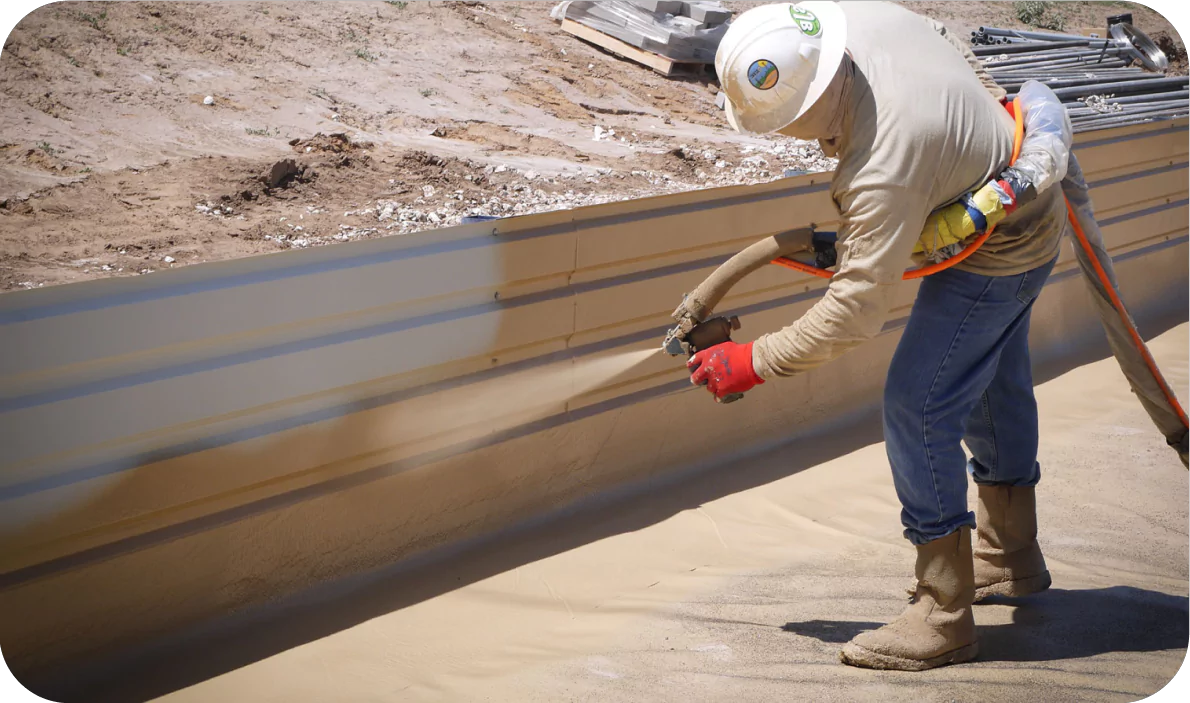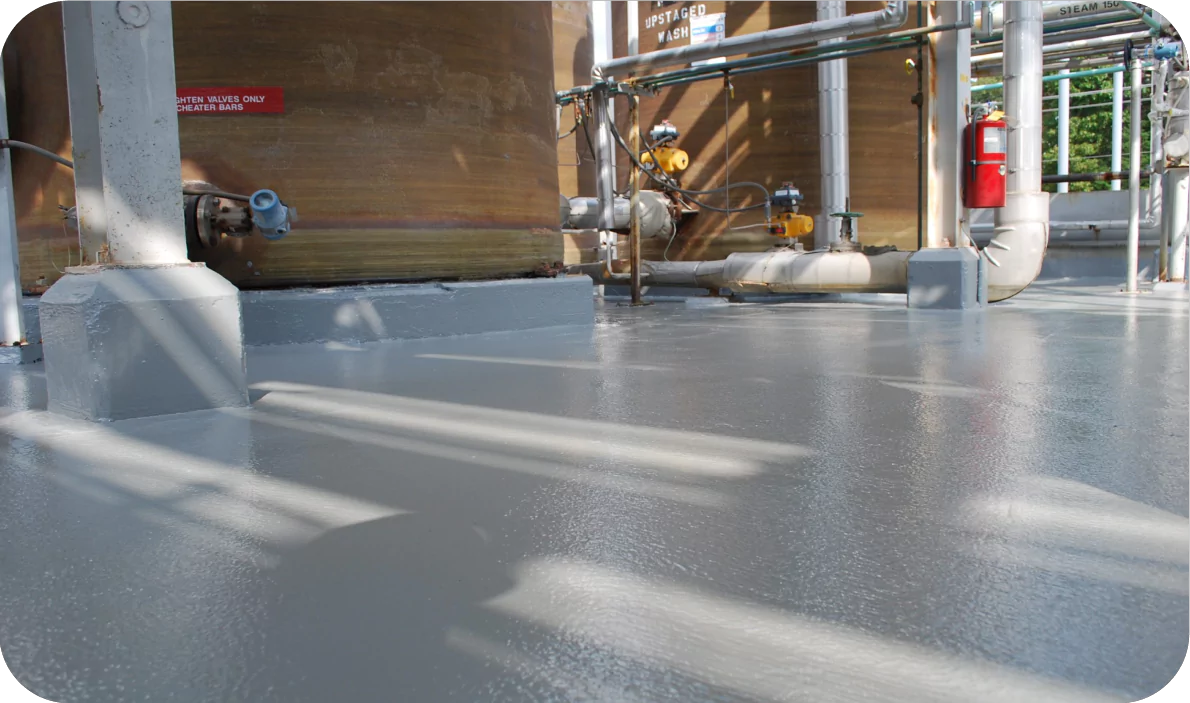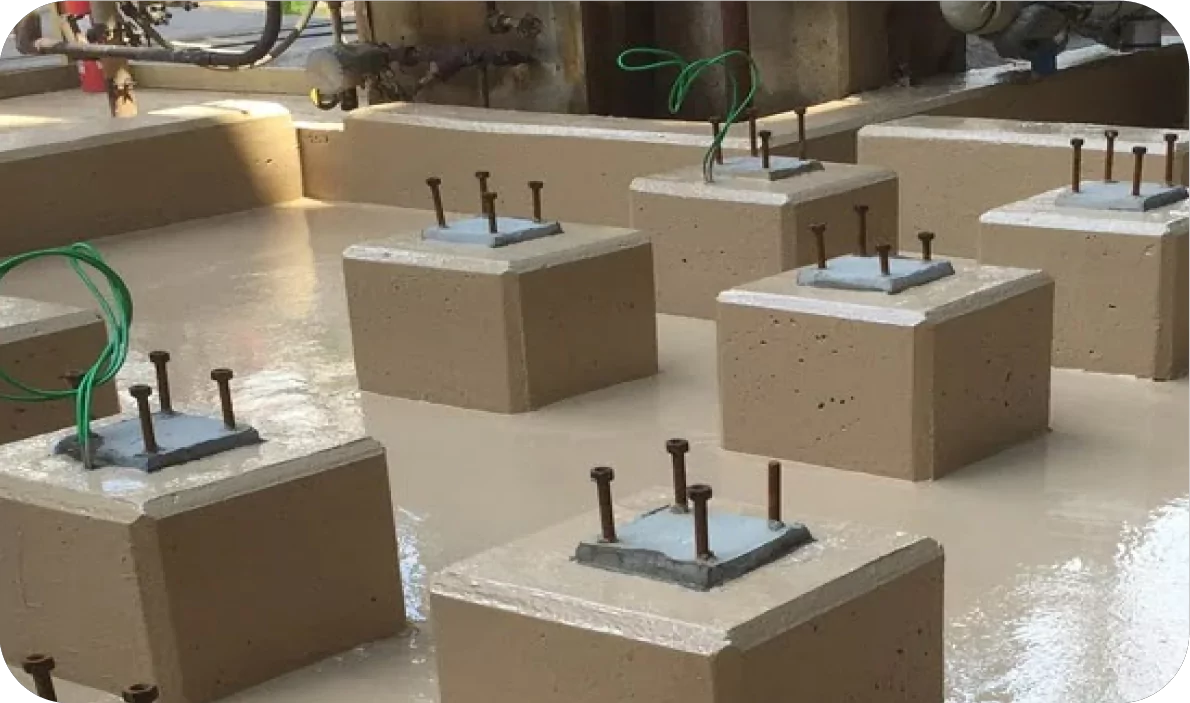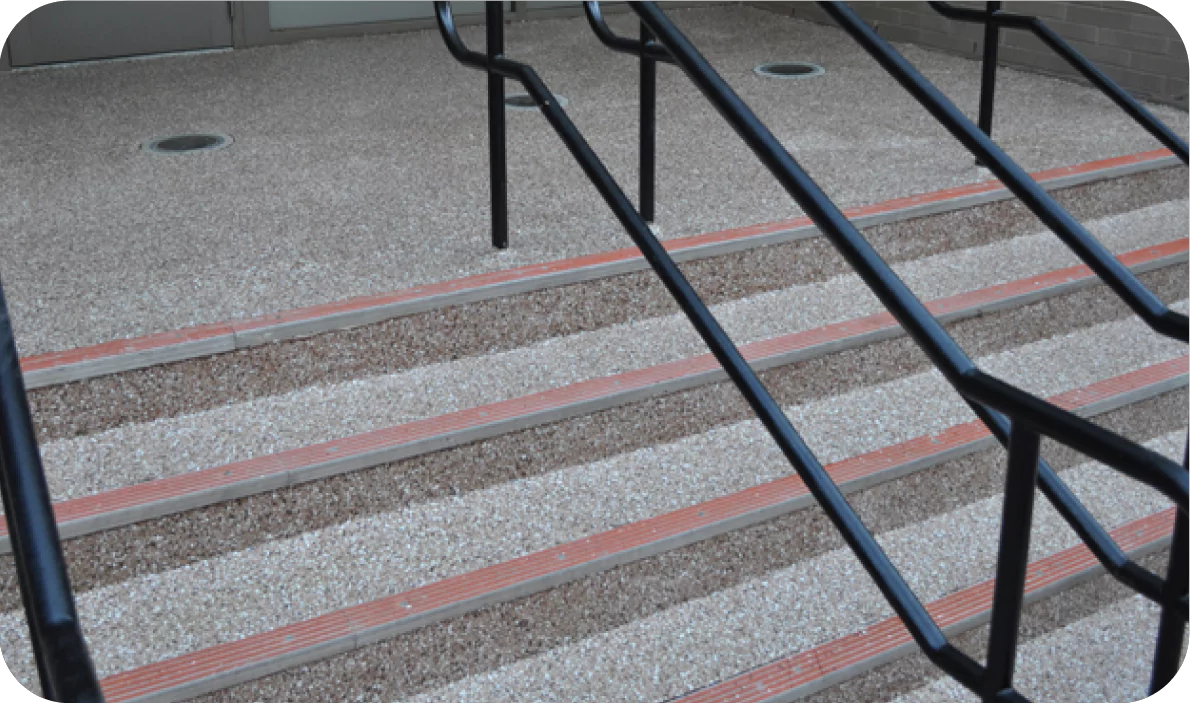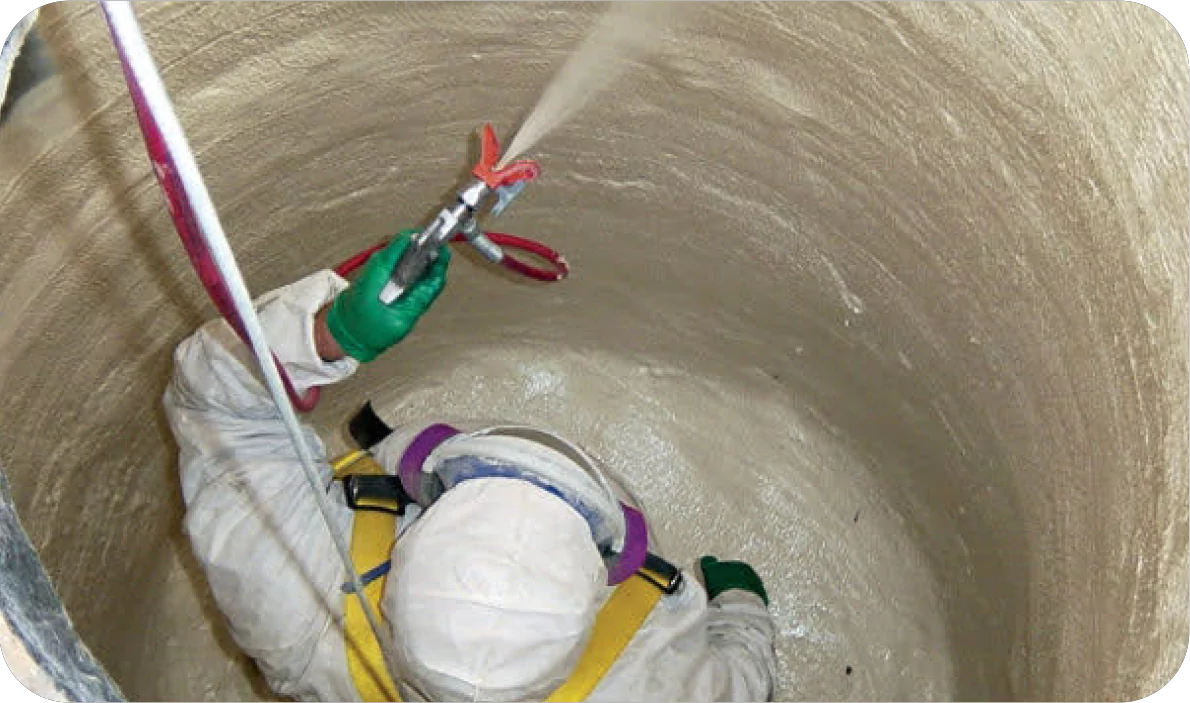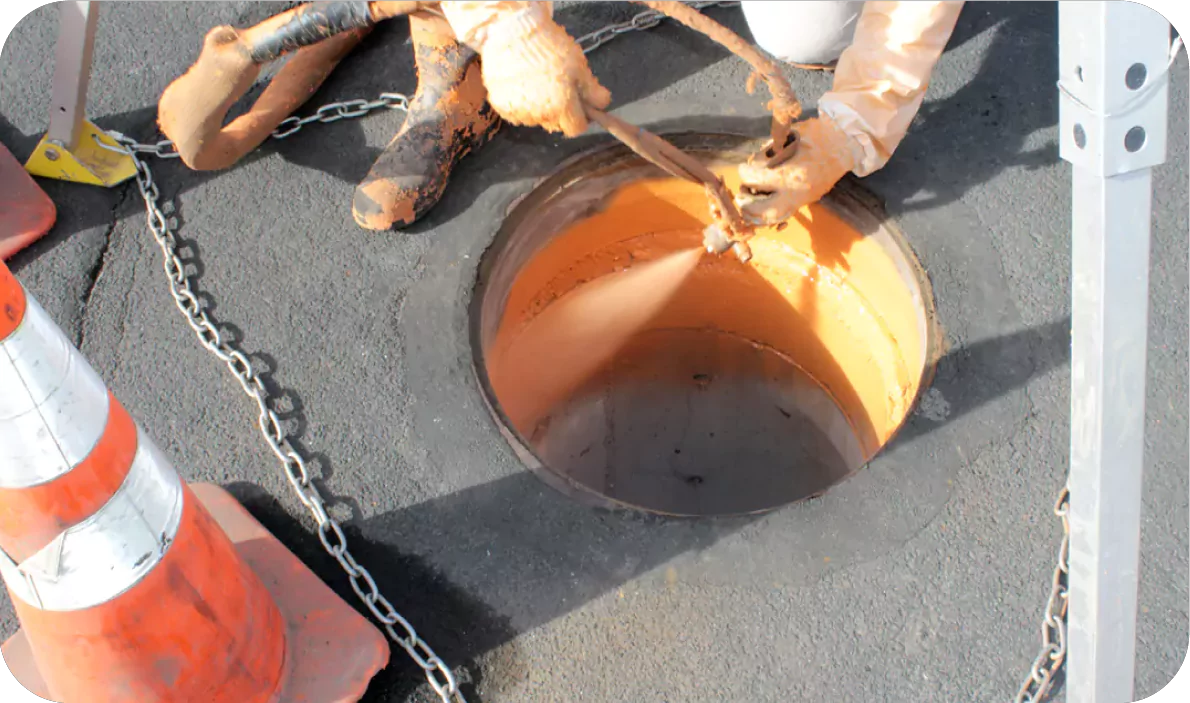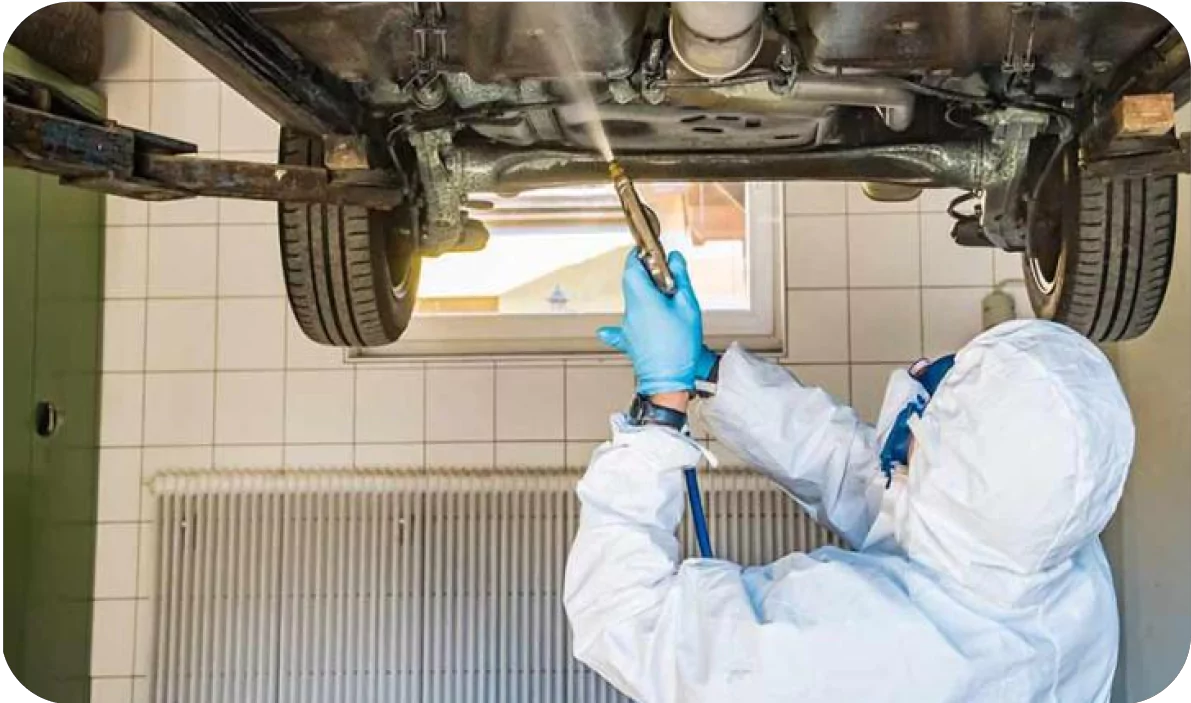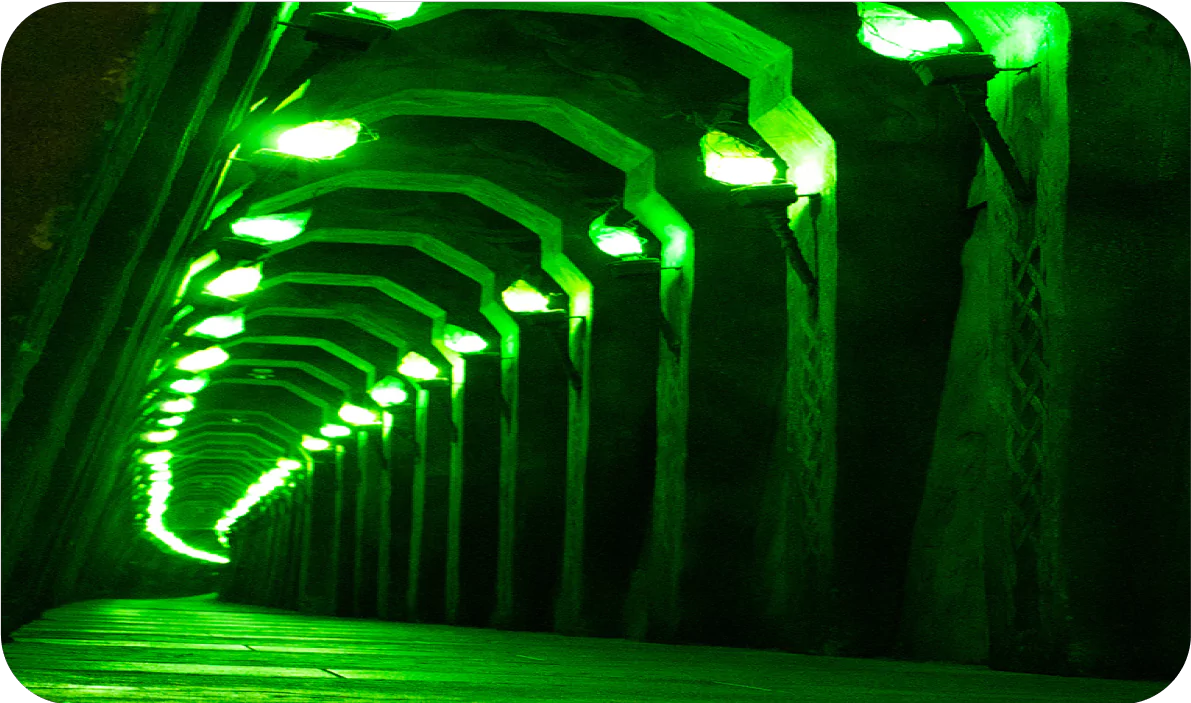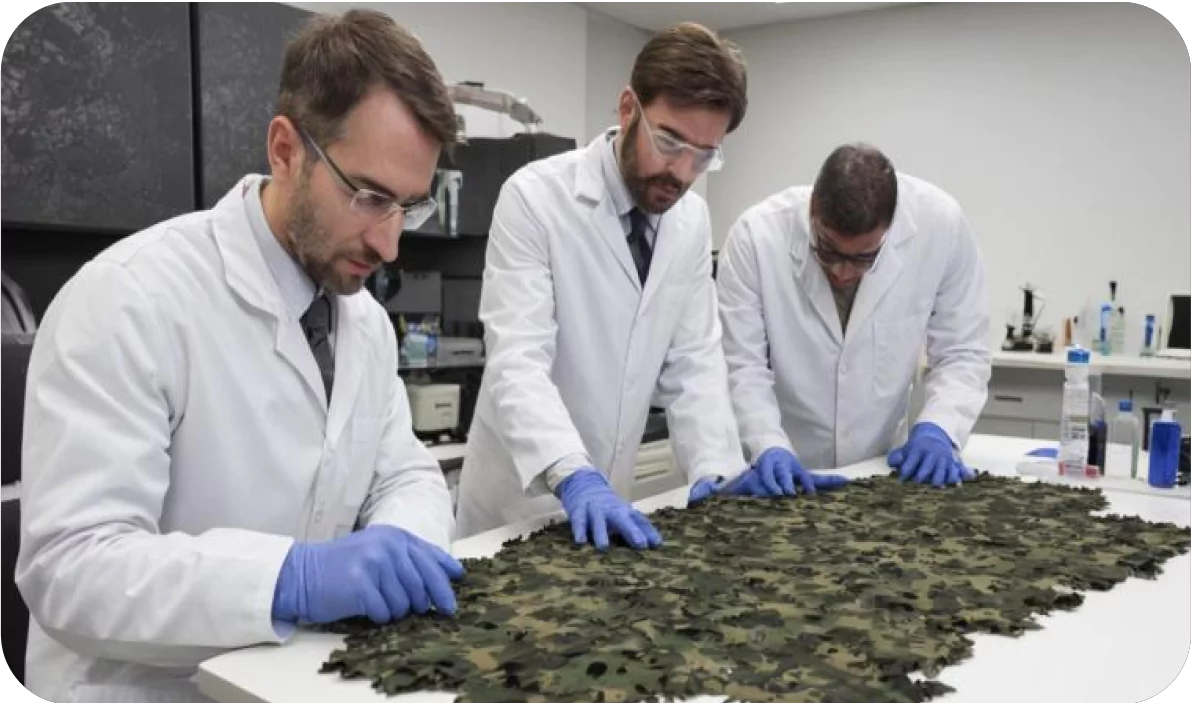WATERPROOFING YOUR BASEMENT WITH ARMORTHANE POLYUREA
If you’ve ever had a damp, musty basement due to a small leak, then you know it’s not a pleasant experience dealing with it. When that troublesome leak becomes something larger, or your basement is letting in more than just a little water each time it rains, well, then you know it’s time to take immediate action.
NOT ALL WALLS ARE BUILT THE SAME
The kind of walls you have in your basement will determine the type of leak you are going to get. Let’s take a look at the various types of wall structures you may have in your basement.
Poured concrete walls—Poured concrete walls normally leak along the joint between the floor and the wall. Elevated hydrostatic pressure outside the foundation can lead to seepage into even the most solid concrete walls. It can also allow rainwater into the basement along the crack between the floor and the walls.
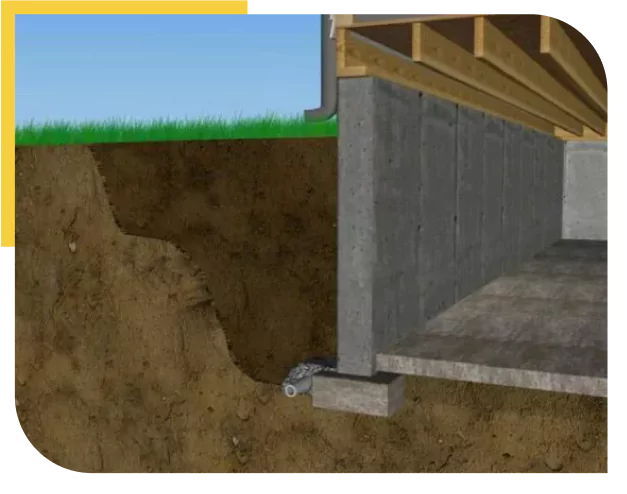
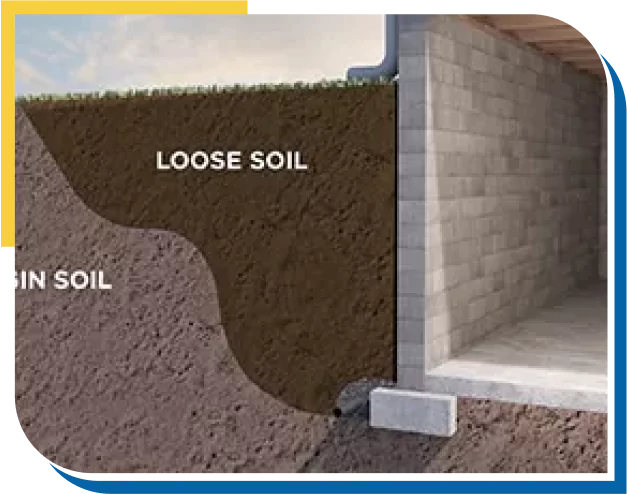
Concrete block walls—Like poured concrete walls, concrete block walls will leak along the floor/wall joint. The mortar jo`ints within individual concrete blocks also have the potential to leak. If pressure is applied to a concrete block foundation, it can weaken the mortar joints, creating cracks that allow water infiltration.
Clay tile walls– Clay tiles are rarely found on historic houses, and the most common position for a leak is the floor/wall joint. The mortar joints between clay tiles are also oftentimes a place for seepage. Like concrete blocks, clay tiles have hollow cores that can swell with water. This can form a reservoir of water that leaks into the basement over time. It should be noted that clay tile is fragile and more easily damaged than other masonry materials, so special care needs to be taken when operating on this type of wall.
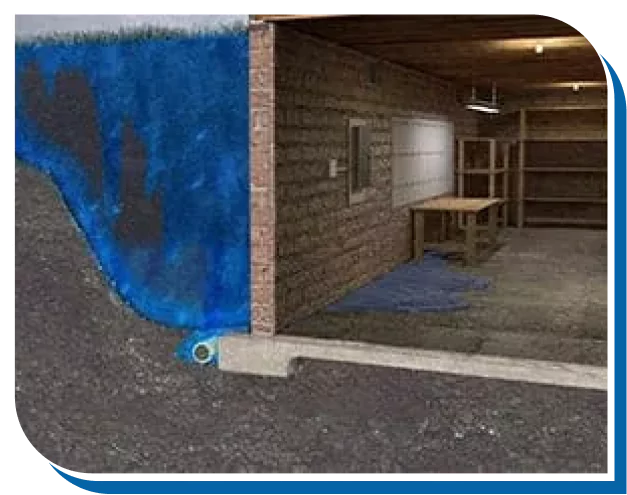
WATERPROOFING BASEMENTS MAY SEEM DIFFICULT...
However, it is probably not as arduous as you think. Using a polyurea coating is your best line of defense in drying out your damp basement and can be accomplished in just a few easy steps:
PREPARE THE SURFACE
In an area where others wont see run a test patch. That way, you’ll know there will be proper adhesion and drying so that you’ll be happy with the outcome
The wall surface needs to be dry and clean. Sand down irregular wood surfaces and expel loose or peeling paint with a wire brush.
If you’re working with concrete surfaces, you can prepare them by employing a tool such as a disc grinder or sandblasting them.
If the concrete is loose or breaking, fix it and allow it to fully cure. If there’s mold or mildew, you must give it a power wash. And if it’s new concrete, allow it to cure for at least 30 days before you apply any coatings.
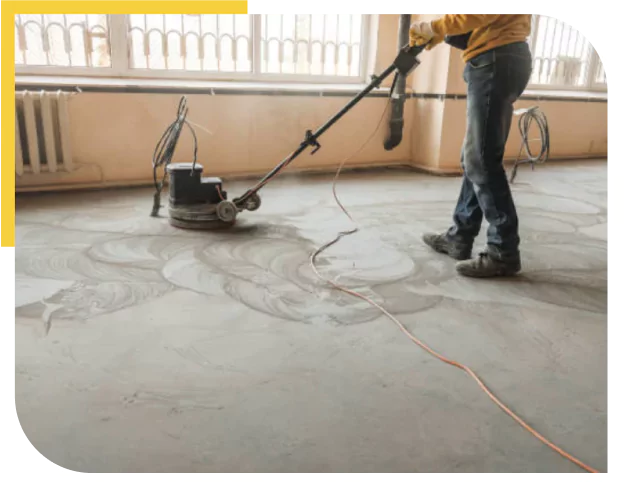
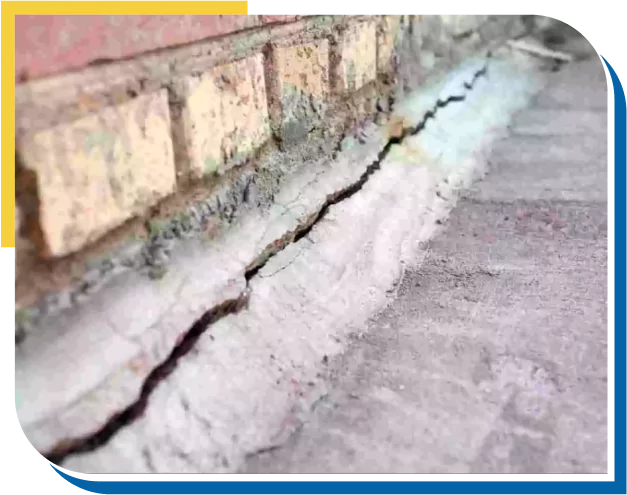
PRIME THE SURFACE, FILL ANY CRACKS, APPLY SEAM TAPE
If any joints or cracks are broader than 1/8 inch, pack them with a trowel-grade coating and filler. To prevent future cracking or leaking, seam tape all joints and cracks. Use self-adhesive contouring seam tape that is pliable and easy enough to shape with your fingers. Be sure to mask delicate areas before beginning.
Drying the basement wall out before beginning is very important because waterproofing basements when they are damp will not be effective. Low temperatures and high humidity may require prolonged drying and curing time.
APPLICATION REGULAR AND HEAVY-DUTY/
Your polyurea coating from ArmorThane will be sprayed on. Ensure you follow the directions accurately so the chemicals are properly mixed
If you’ve had success waterproofing your basement using ArmorThane polyurea, please feel free to share your story!
